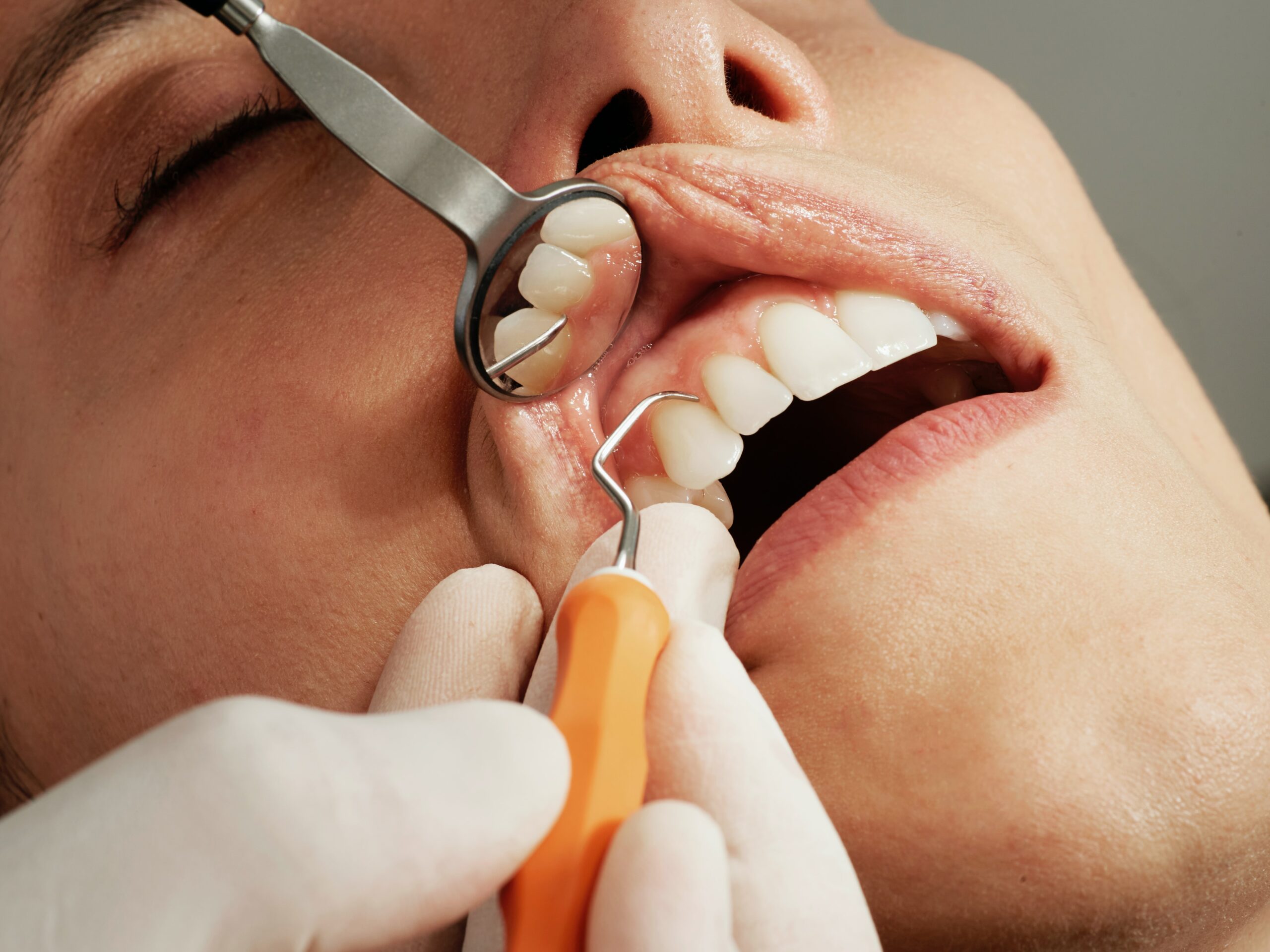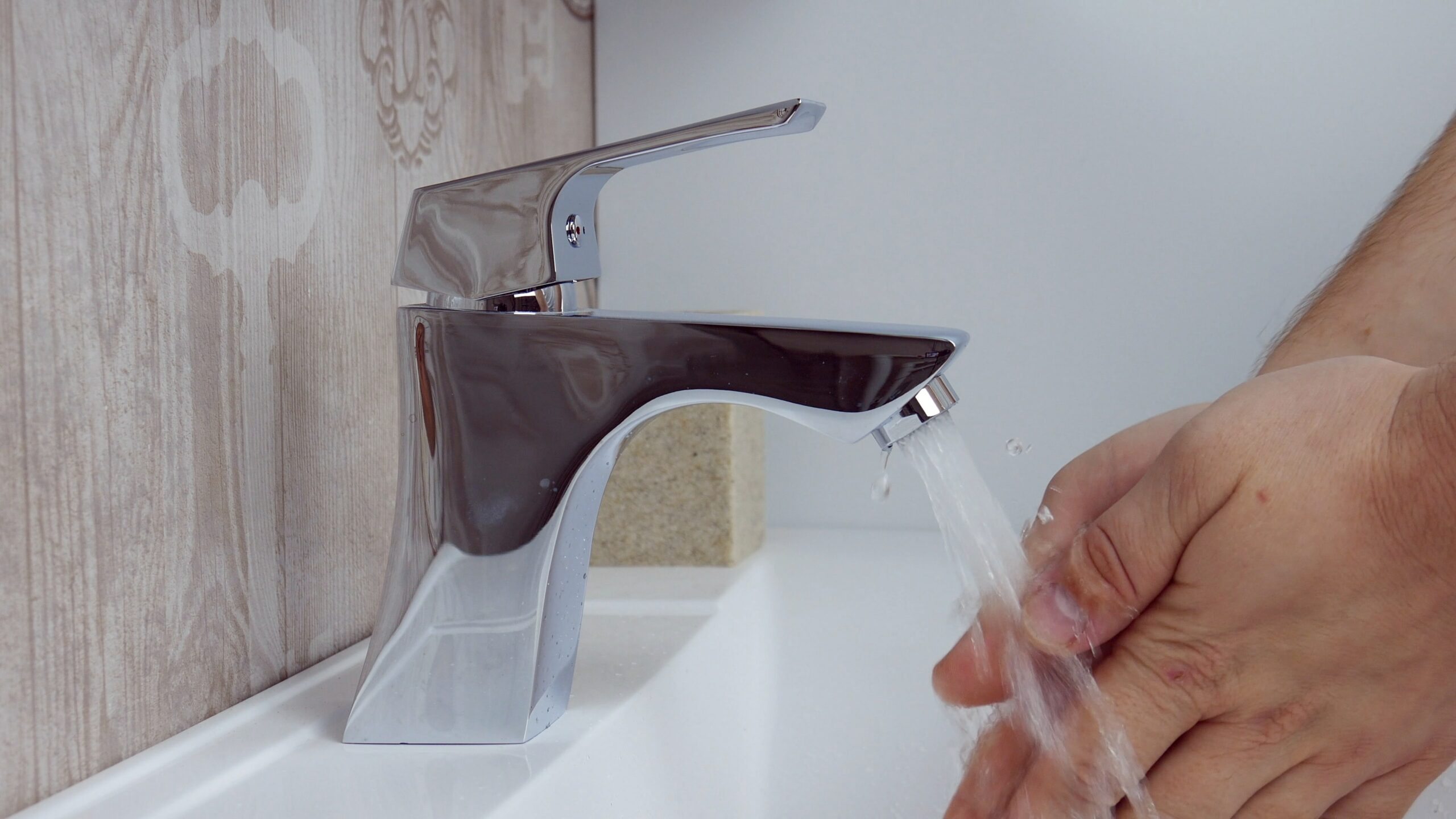Periodontal Disease dentistry is concerned with the structures and tissues supporting the teeth diagnosing and treating various gum disorders. When the infection begins to ravage the gums and bone, periodontitis develops. Dentin decay that is visible on the surface and below the gum line irritates.
Gingivitis is a term that has been coined to describe the inflammation of the gums that occurs as a result of this condition. a disease of the gums. Even if your face did not bleed throughout the washing process, you would be concerned.
When it comes to brushing their teeth, many people believe that bleeding gums are perfectly natural. Bloodshot eyes and bleeding gums are two of the most common symptoms of dental infection in persons over 30. An untreated infection can spread and wreak havoc on your teeth’s supporting components if you don’t take action. After a given amount of time, your teeth will most likely become loose to the point where they may fall out entirely.
“Peri” means “around,” and “dental” denotes teeth. As the name implies, Periodontal Disease is an infection of the tissues that support your teeth and gums. The gums, the root, the periodontal ligament, and the bone are all examples of these four components. Gingivitis, or gum infection, is the most popular term for the early stages of the disease. At this point, the entire neighborhood is affected.
Periodontal Disease Is Caused By What?
Plaque and tartar are two of the primary factors that contribute to Periodontal Disease. Your body’s immune system releases molecules that damage gums, root, periodontal ligament, and bone to cleanse your body of bacteria.

Foods high in carbs, such as sweets and starches, can lead to plaque formation on the teeth, a sticky substance that hardens with time. Gums become inflamed and bloody, which is an early indicator of gingivitis. Further damage causes teeth to fall out, a hallmark of this disease.
There are several risk factors for developing Periodontal Disease, including:
Smoking:
Periodontal disease is made more likely by smoking, which is one of the most common risk factors. Tobacco use can also reduce the likelihood of booming treatment success.
Womanly Hormonal Shifts:
Gums are especially vulnerable to gingivitis because of hormonal changes, particularly in pregnancy.
Is There a Cure for Periodontitis?
Using a deep-cleaning technique known as scaling, our dental health professionals remove the plaque. A dentist may recommend surgery based on the severity of the patient’s condition. It Brushes plaque away from the gum line and a little higher up the tooth’s surface.
Scanning isn’t the only treatment option. Maintaining excellent hygiene at home is an essential part of all therapies. Smoking reduction is another treatment option that the doctor may prescribe.

How Do You Prevent It?
I’m looking for a local treatment facility for Periodontal Disease. Dental hygiene and frequent dental appointments can help avoid this disease. Regular flossing and proper brushing can help remove plaque from between your teeth.
For most patients, we recommend a six-month dental visit. Those who already suffer from Periodontal Disease need to schedule more frequent visits to the dentist to keep it under control. When removing plaque, professional dental cleaning is a better option than brushing and flossing alone.
On that note this ends this short article. For all your personal and family dentistry needs we are here to serve you. Contact us at (301) 756-1139. To healthy gums, strong teeth and white bright smiles.

